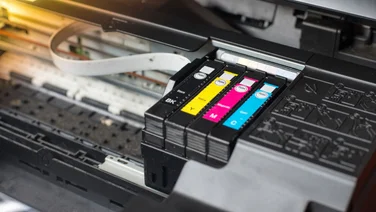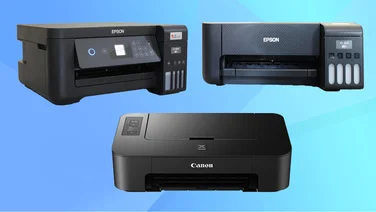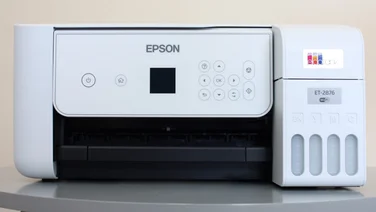To help us provide you with free impartial advice, we may earn a commission if you buy through links on our site. Learn more

Canon’s i-Sensys LBP7680Cx is one of Canon’s top single-function laser printers, and it’s compatible with the PCL 5c, PCL 6 and PostScript 3 page description languages, as well as Canon’s own UFR II. It has a 500-sheet paper tray as well as an additional 50-sheet pull-out tray that’s used for special media such as cardstock up to 220gsm and envelopes. This is also the first single-function printer to support Canon’s Java-based Multi-Functional Embedded Application Platform (MEAP) standard, which lets you install custom Canon applications on the printer to help with workflow, document distribution and security issues. Unfortunately, MEAP’s created with large enterprises in mind and has little to offer SMB users.
Sadly, the printer’s built-in menu and button system is rather poorly designed. Each of the directional buttons doubles as a menu button in its own right in addition to performing a navigational function. Before we could detect the printer on our network during driver installation, we had to use its menu system to switch its IP mode from manual to automatic in the TCP/IP menu; it’s also worth ensuring that DHCP is enabled. Other menu options are also ambiguously labelled and difficult to find, and then there’s the irritating beep that sounds when you reach the end of a menu. Once the printer recognised our network, everything went much more smoothly. The drivers automatically detected the printer and installed quickly without further hassle.

Unless you specifically need PostScript 3 page description support or support for Canon’s Java-based MEAP, there’s no good reason to spend the better part of £75 extra on this printer instead of the cheaper Canon i-Sensys LBP7660Cdn.





